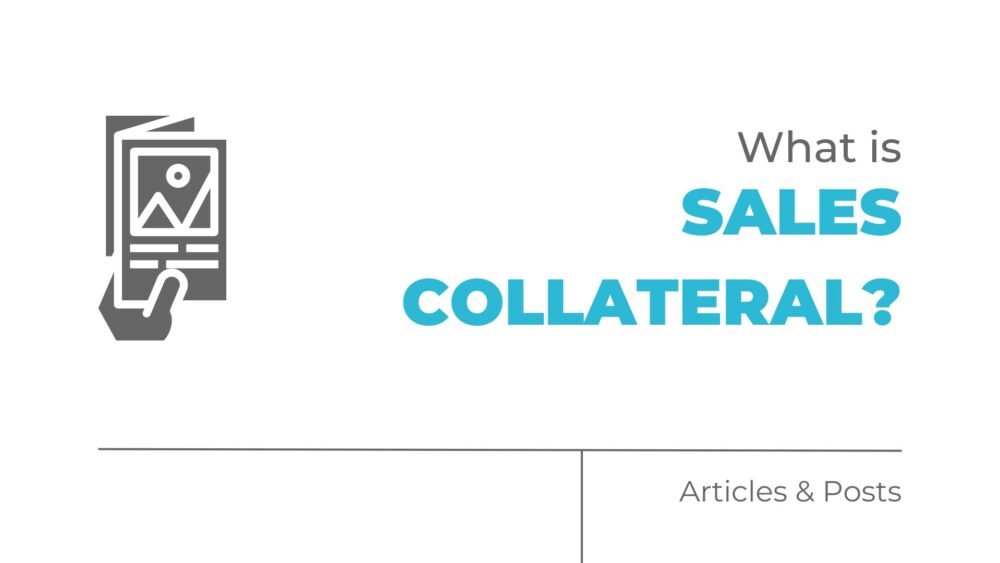What is sales collateral?
Sales collateral is any material that helps salespeople close deals and drive revenue.
This includes brochures, product sheets, case studies, presentations, and more.
These materials provide potential customers with detailed information about products or services, addressing their needs and persuading them to make a purchase.
Why is Sales Collateral Important?
Sales collateral plays an important role in the sales process.
It provides the sales team with tools to effectively communicate the value of their product or service.
Well-designed sales collateral can answer questions, alleviate concerns, and build trust with potential customers.
Benefits of Sales Collateral
- Supports Sales Efforts: Provides essential information that aids salespeople during their pitches.
- Builds Credibility: Professional-looking materials establish a company’s credibility and expertise.
- Educates Customers: Offers detailed insights into the product or service, helping customers make informed decisions.
What is an Example of Sales Collateral?
Sales collateral comes in various forms, each serving a different purpose in the sales process.
Here are a few common examples:
Brochures and Flyers
Brochures and flyers provide concise and attractive information about a product or service. They are often handed out during sales meetings or events.
Case Studies
Case studies showcase real-world examples of how a product or service has benefited other customers. They help potential customers visualize the potential success they can achieve.
Sales Decks
Sales decks are presentations that sales teams use during meetings with potential clients. They highlight the key features, benefits, and competitive advantages of the product or service.
How to Create Sales Collateral
Creating effective sales and marketing collateral involves several steps.
It requires a clear understanding of the target audience and the key messages you want to convey.
Step-by-Step Guide
- Identify the Audience: Understand who the sales collateral is for and what their needs are.
- Define Key Messages: Determine the main points you want to communicate.
- Choose the Format: Decide whether a brochure, case study, sales deck, or another format is most appropriate.
- Design the Material: Use engaging visuals and clear, concise text to convey your message.
- Review and Test: Ensure the material is accurate and test it with a small audience for feedback.
- Distribute Strategically: Share the collateral in situations where it will be most effective, such as during sales meetings or as part of email campaigns.
Tips for Effective Sales Collateral
Here are some tips for creating sales collateral that is more likely to help you.
Focus on Benefits
Highlight the benefits of your product or service, rather than just the features. Customers want to know how it will solve their problems.
Use Clear and Concise Language
Avoid jargon and complex language. Make sure the information is easy to understand and digest.
Incorporate Visuals
Visuals such as images, charts, and infographics can make your collateral more engaging and easier to understand.
Align with Branding
Make sure your sales collateral is consistent with your overall brand messaging and visual identity. This helps reinforce your brand’s credibility and professionalism.
At the End of the Day
Sales collateral is an essential tool in any salesperson’s arsenal.
It supports the sales process by providing detailed, credible, and engaging information that helps persuade potential customers.
By understanding what sales collateral is, why it’s important, and how to create it, businesses can equip their sales teams with the materials they need to succeed.


Comments are closed.